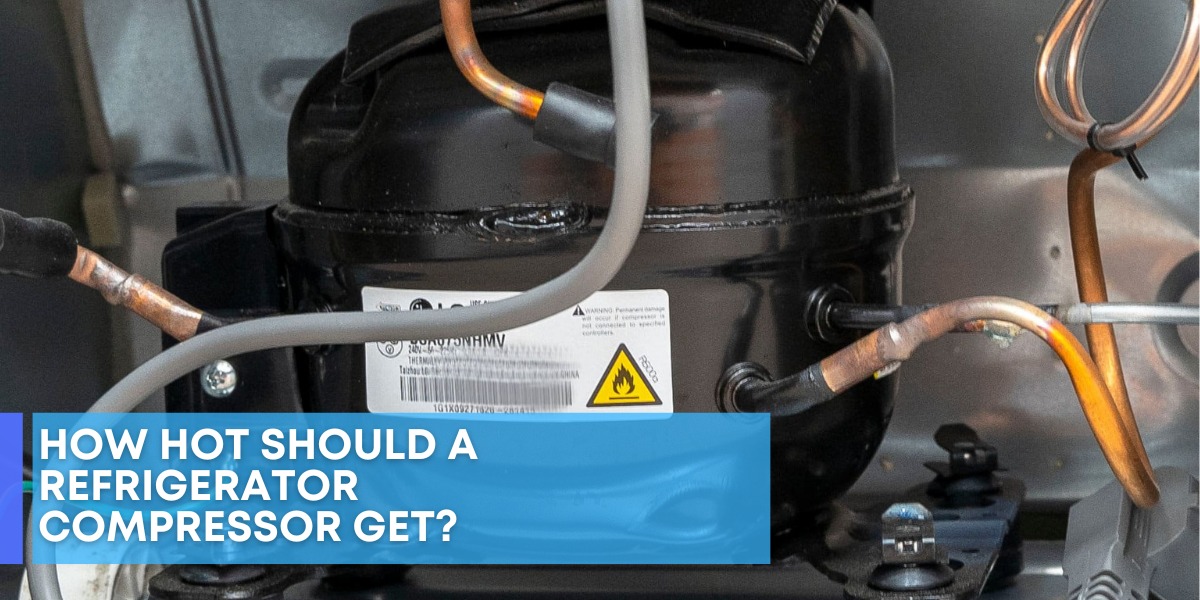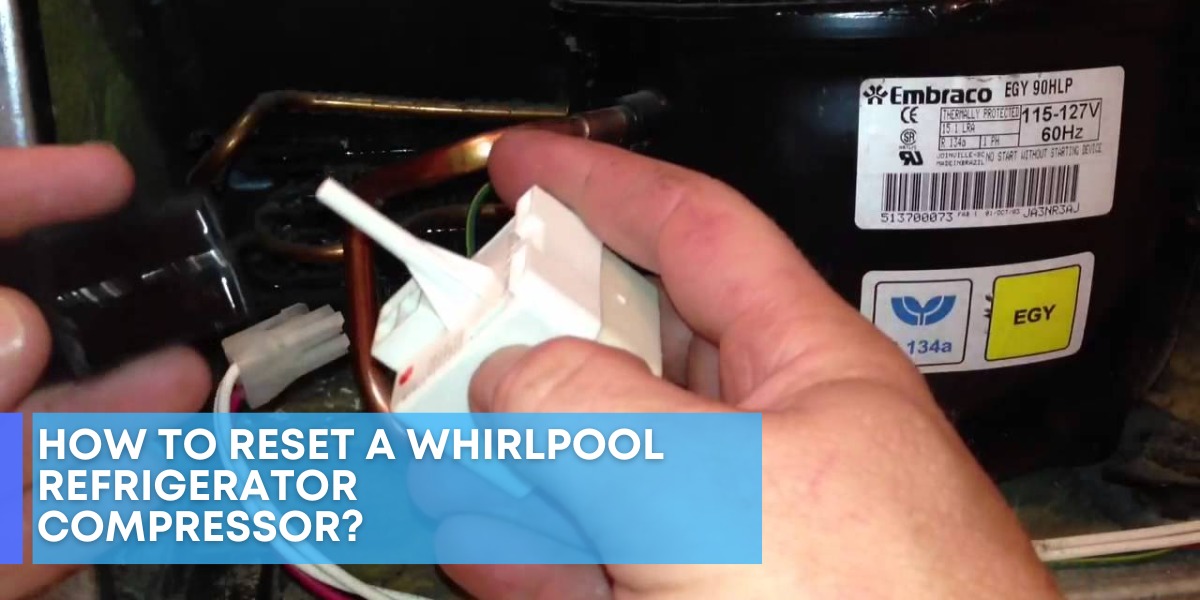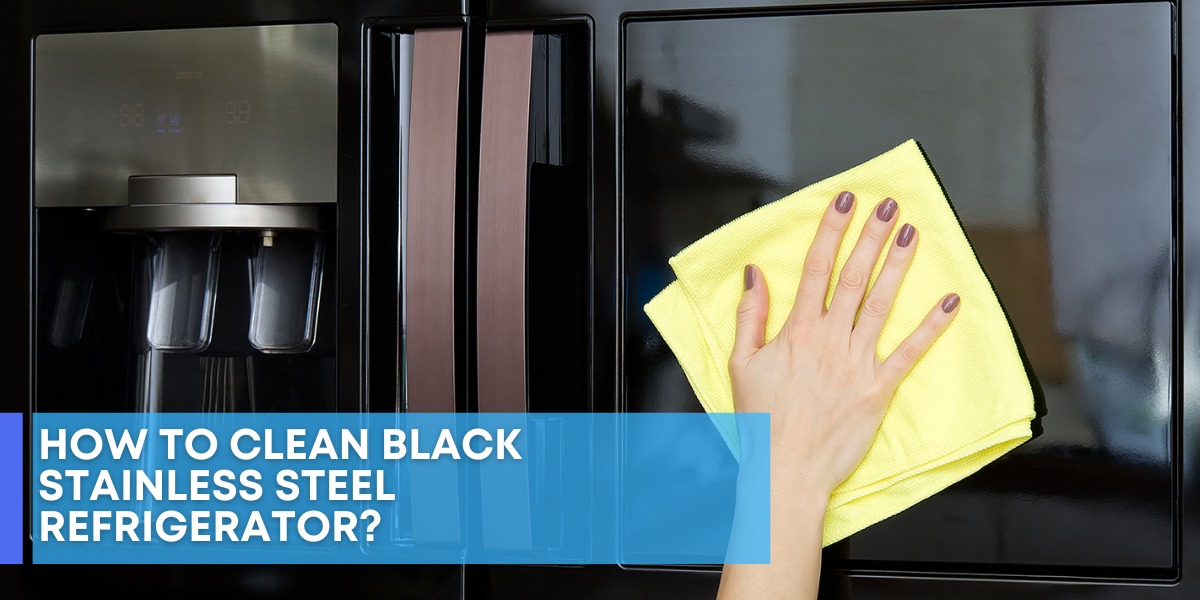A refrigerator is an essential appliance in most households, allowing us to keep our food fresh and our beverages chilled. However, have you ever wondered how this magical machine works? What makes it cool and how does it maintain the desired temperature? In this comprehensive guide, we will delve into the inner workings of a refrigerator and uncover the fascinating science behind its functionality.
The Basics of Refrigeration
At its core, refrigeration is the process of removing heat from a given space and transferring it elsewhere. This is achieved by utilizing the principles of thermodynamics and the properties of refrigerants, which are substances that can absorb and release heat as they undergo changes in temperature and pressure.
The basic concept of refrigeration can be understood through the following four fundamental principles:
- Evaporation: When a liquid evaporates, it absorbs heat from its surroundings, causing a drop in temperature. This is the principle that allows refrigerators to cool the air inside.
- Compression: Compressing a gas increases its temperature. This is achieved by using a compressor, which raises the pressure of the refrigerant gas.
- Condensation: When a gas is cooled, it condenses into a liquid and releases heat in the process. This is what happens when the refrigerant gas is condensed in the refrigerator’s condenser coils.
- Expansion: When a liquid is allowed to expand, its pressure and temperature drop. This is achieved by using an expansion valve, which lowers the pressure of the refrigerant liquid, causing it to evaporate and absorb heat from the surroundings.

Refrigerator Repair Service In Dubai UAE
If your refrigerator is on the fritz, you’re probably wondering where to turn for repair service. Don’t worry, we’ve got you covered! Here at Hafixer, we offer comprehensive refrigerator repair service in UAE. No matter what problem you’re experiencing, our team of experienced technicians can help.
We understand that a broken refrigerator can be a major inconvenience, which is why we offer fast and efficient service. We’ll work quickly to diagnose the problem and get your fridge back up and running in no time. Plus, we offer competitive rates and a 100% satisfaction guarantee, so you can be sure you’re making the best decision for your home.
When it comes to refrigerator repair in UAE, there’s no one better than Hafixer Come. Contact us today to schedule a service appointment.
REPAIR SERVICES AVAILABLE 7/24
- Oven Repair
- Dryer Repair
- Stove Repair
- AC Repair
- AC Installation
- Fridge Repair
- Refrigerator Repair
- Dishwasher Repair
- Washing Machine Repair
The Key Components of a Refrigerator
A refrigerator is made up of several key components that work together to maintain the desired temperature inside. Let’s take a closer look at each of these components and their roles in the refrigeration process:
- Compressor:
The compressor is the heart of a refrigerator, responsible for raising the pressure and temperature of the refrigerant gas. It is usually located at the back of the refrigerator and is driven by an electric motor. The compressor compresses the refrigerant gas, raising its temperature and pressure, and sends it to the condenser coils.
- Condenser Coils:
The condenser coils are located at the back or bottom of the refrigerator and are responsible for releasing the heat absorbed during the compression process. As the high-pressure, high-temperature refrigerant gas flows through the condenser coils, it dissipates heat to the surrounding environment, causing it to condense into a high-pressure liquid.
- Evaporator Coils:
The evaporator coils are located inside the refrigerator and are responsible for absorbing heat from the air inside the refrigerator, causing it to cool down. The low-pressure liquid refrigerant enters the evaporator coils and evaporates, absorbing heat from the air inside the refrigerator and cooling it in the process.
- Expansion Valve:
The expansion valve is located between the condenser and evaporator coils and acts as a barrier that controls the flow of refrigerant between the two coils. It lowers the pressure of the refrigerant liquid as it passes through, causing it to evaporate and absorb heat from the surroundings.
- Refrigerant:
The refrigerant is the substance that undergoes the process of evaporation and condensation to transfer heat in a refrigerator. It is a crucial component that plays a vital role in the refrigeration cycle. Commonly used refrigerants include hydrofluorocarbons (HFCs), chlorofluorocarbons (CFCs), and hydrochlorofluorocarbons (HCFCs).
- Thermostat:
The thermostat is a temperature-sensing device that controls the operation of the compressor. It monitors the temperature inside the refrigerator and sends signals to the compressor to turn it on or off as needed to maintain the desired temperature. The thermostat ensures that the refrigerator cools down to the desired temperature and maintains it consistently.
- Fans:
Fans are used in refrigerators to circulate air and maintain a uniform temperature inside the refrigerator. They help in distributing the cool air from the evaporator coils to different parts of the refrigerator, ensuring that the temperature is consistent and food stays fresh.
The Refrigeration Cycle
The refrigeration cycle is the series of processes that a refrigerant goes through in a refrigerator to transfer heat and cool the air inside. It involves four main stages: compression, condensation, expansion, and evaporation.
Let’s take a closer look at each of these stages:
- Compression: The refrigeration process begins with the compressor, which compresses the low-pressure refrigerant gas, raising its temperature and pressure. The compressor works by compressing the gas and pumping it into the condenser coils.
- Condensation: As the high-pressure, high-temperature refrigerant gas flows through the condenser coils, it releases heat to the surrounding environment, causing it to condense into a high-pressure liquid. This liquid refrigerant then flows to the expansion valve.
- Expansion: The expansion valve is a small orifice that lowers the pressure of the liquid refrigerant as it passes through. This causes the refrigerant to expand and evaporate, absorbing heat from the air inside the refrigerator and cooling it down in the process.
- Evaporation: The low-pressure refrigerant gas then enters the evaporator coils, where it absorbs heat from the air inside the refrigerator, causing it to cool down. The evaporator coils are usually equipped with fans that circulate the cool air inside the refrigerator, ensuring that the temperature remains consistent.
After going through the evaporation stage, the refrigerant gas returns to the compressor, and the cycle repeats. This continuous process of compression, condensation, expansion, and evaporation maintains the desired temperature inside the refrigerator and keeps the food fresh.
Types of Refrigerators
Refrigerators come in various types and designs, each with its unique features and advantages.
Let’s take a look at some of the common types of refrigerators:
- Top-Freezer Refrigerator:
This is the classic refrigerator design, with the freezer located on top and the refrigerator compartment at the bottom. It is usually more affordable and energy-efficient compared to other types of refrigerators, making it a popular choice for many households.
- Bottom-Freezer Refrigerator:
In this design, the freezer is located at the bottom, while the refrigerator compartment is on top. This design allows for easy access to the refrigerator section without having to bend down, making it more convenient for some users.
- Side-by-Side Refrigerator:
In a side-by-side refrigerator, the freezer and refrigerator compartments are located side by side, with vertical doors. This design provides easy access to both the freezer and refrigerator sections, and the narrow doors are suitable for tight spaces.
- French Door Refrigerator:
This type of refrigerator features two doors on the top for the refrigerator compartment and a freezer drawer at the bottom. French Door refrigerators are known for their stylish and modern design, with wide shelves and spacious storage options, making them popular among those who require ample space for storing groceries and food items.
- Compact/Mini Refrigerator:
Compact or mini refrigerators are smaller in size and are often used as secondary refrigerators in offices, dorm rooms, or as a beverage cooler in entertainment areas. They are more energy-efficient and space-saving compared to larger refrigerators, making them suitable for small spaces or for those who need a smaller storage capacity.
- Built-in/Custom Panel Refrigerator:
Built-in or custom panel refrigerators are designed to seamlessly blend with the kitchen cabinetry, providing a sleek and integrated look. They are usually more expensive and require professional installation, but they offer a customized and high-end solution for those who prioritize aesthetics and design in their kitchen.
Common Issues with Refrigerators
Like any other appliance, refrigerators may encounter issues over time. Here are some common issues that users may face with their refrigerators:
- Temperature fluctuations: If the temperature inside the refrigerator is not consistent or if it fluctuates frequently, it can affect the freshness and quality of food stored in it. This can be caused by various factors such as a malfunctioning thermostat, blocked vents, or a faulty compressor.
- Frost buildup: Frost buildup in the freezer compartment can lead to reduced cooling efficiency and increased energy consumption. It can be caused by issues such as a faulty defrost timer, defrost heater, or defrost thermostat.
- Leaking water: Water leakage from the refrigerator can be caused by a clogged drain pipe, a faulty water inlet valve, or a damaged water line. It can result in water pooling inside the refrigerator or on the floor, causing damage to the flooring or other items.
- Strange noises: Unusual noises such as buzzing, rattling, or grinding sounds coming from the refrigerator can indicate issues with the compressor, condenser fan, or evaporator fan. These noises may disrupt the peaceful environment of the kitchen and can be a sign of a potential problem.
- Door seal issues: A faulty door seal or gasket can cause warm air to enter the refrigerator, leading to temperature fluctuations and increased energy consumption. It can be caused by wear and tear over time or improper cleaning.
- Ice maker problems: Ice maker issues such as failure to produce ice, slow ice production, or poor ice quality can be caused by problems with the water inlet valve, ice maker motor, or ice maker module. This can be inconvenient for users who rely on ice for their daily needs.
Maintenance Tips for Refrigerators
Proper maintenance of a refrigerator is essential to ensure its optimal performance and longevity. Here are some maintenance tips that can help users keep their refrigerators in good condition:
- Clean the coils:
The condenser coils, located either at the back or underneath the refrigerator, can accumulate dust and dirt over time, affecting the efficiency of the refrigerator. Regularly cleaning the coils with a soft brush or a vacuum cleaner can help remove the dirt and improve the cooling performance.
- Check the door seal:
The door seal or gasket is responsible for maintaining a tight seal to prevent warm air from entering the refrigerator. Regularly check the door seal for any cracks or damage, and replace it if necessary to ensure proper sealing and energy efficiency.
- Keep the refrigerator clean:
Regularly clean the interior of the refrigerator, including shelves, drawers, and compartments, to prevent the buildup of food debris, spills, and odors. Use a mild detergent and warm water to clean the interior, and dry it thoroughly before restocking.
- Monitor the temperature:
Keep an eye on the temperature inside the refrigerator using a thermometer and ensure that it is set to the recommended temperature range (typically between 35 to 40 degrees Fahrenheit for the refrigerator compartment and 0 to 5 degrees Fahrenheit for the freezer compartment). Adjust the temperature settings if needed to maintain optimal freshness and prevent food spoilage.
- Defrost the freezer:
If you have a manual defrost freezer, make sure to defrost it regularly to prevent frost buildup. Follow the manufacturer’s instructions on how to defrost the freezer properly to maintain its efficiency and prevent issues such as reduced cooling performance and increased energy consumption.
- Keep the refrigerator well-stocked:
A well-stocked refrigerator tends to maintain its temperature better than an empty one. Keep the refrigerator stocked with enough food items to help maintain a consistent temperature and reduce the workload on the compressor.
- Avoid overloading the refrigerator:
Overloading the refrigerator with too much food can restrict airflow and affect the cooling performance. Make sure to arrange the food items in a way that allows proper airflow inside the refrigerator to ensure even cooling.
- Clean the water filter:
If your refrigerator has a water dispenser or an ice maker, make sure to replace or clean the water filter regularly as per the manufacturer’s instructions. A clogged water filter can affect the water quality and reduce the ice production.
- Check for leaks:
Regularly inspect the refrigerator for any signs of water leaks or condensation. If you notice any leaks, address the issue promptly to prevent water damage to the flooring or other items.
- Schedule professional maintenance:
It’s a good idea to schedule professional maintenance for your refrigerator at least once a year or as recommended by the manufacturer. A professional technician can inspect and clean the internal components, check for any potential issues, and ensure that your refrigerator is running efficiently.
Understanding how a refrigerator works and knowing how to properly maintain it can help ensure its optimal performance, extend its lifespan, and save energy. From the basic principles of refrigeration to the different types of refrigerators available in the market, knowing the ins and outs of your refrigerator can help you make informed decisions and troubleshoot common issues. By following the maintenance tips mentioned above and seeking professional help when needed, you can keep your refrigerator running smoothly and enjoy fresh and healthy food for years to come. Remember to always refer to the manufacturer’s instructions and guidelines for specific information related to your refrigerator model. Stay cool and enjoy the convenience of modern refrigeration!











